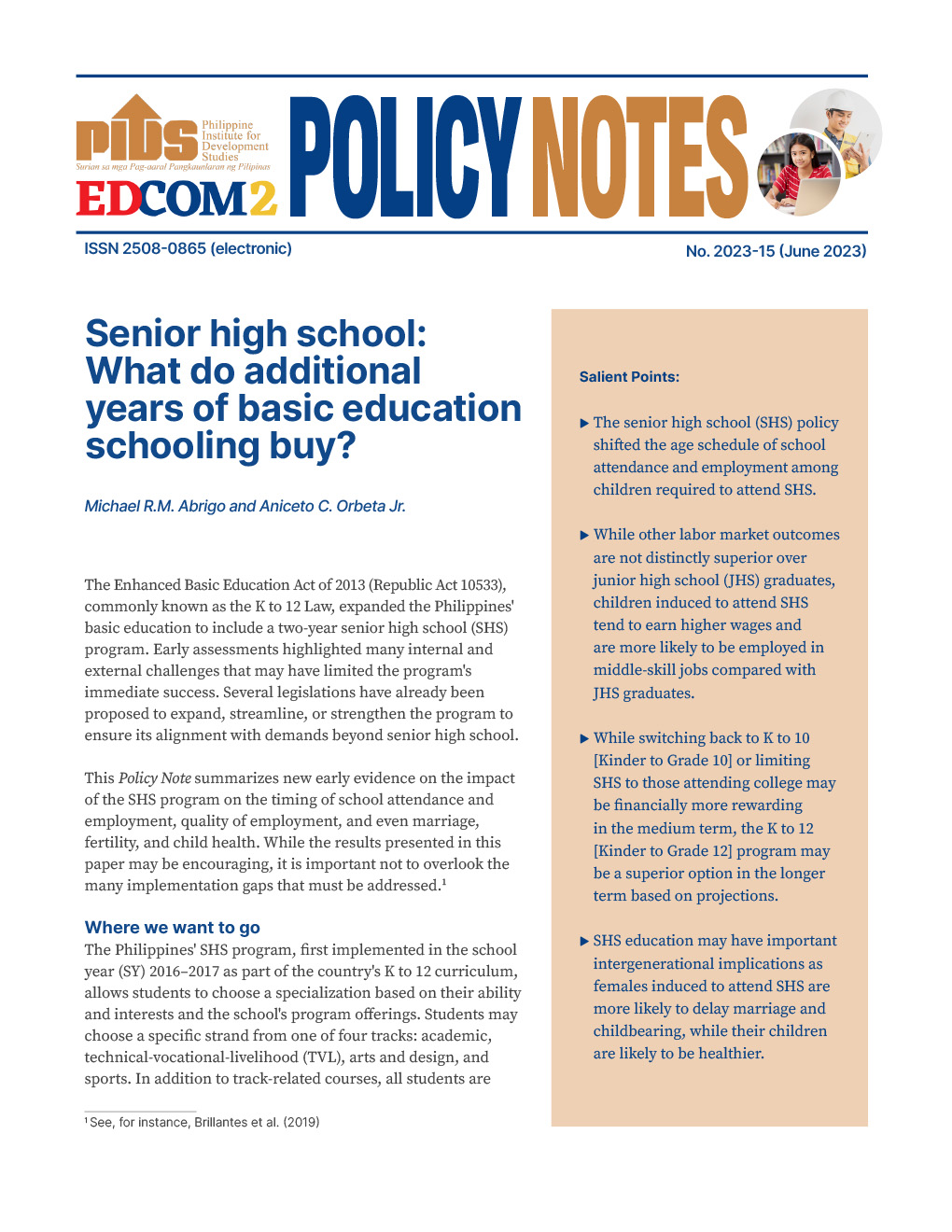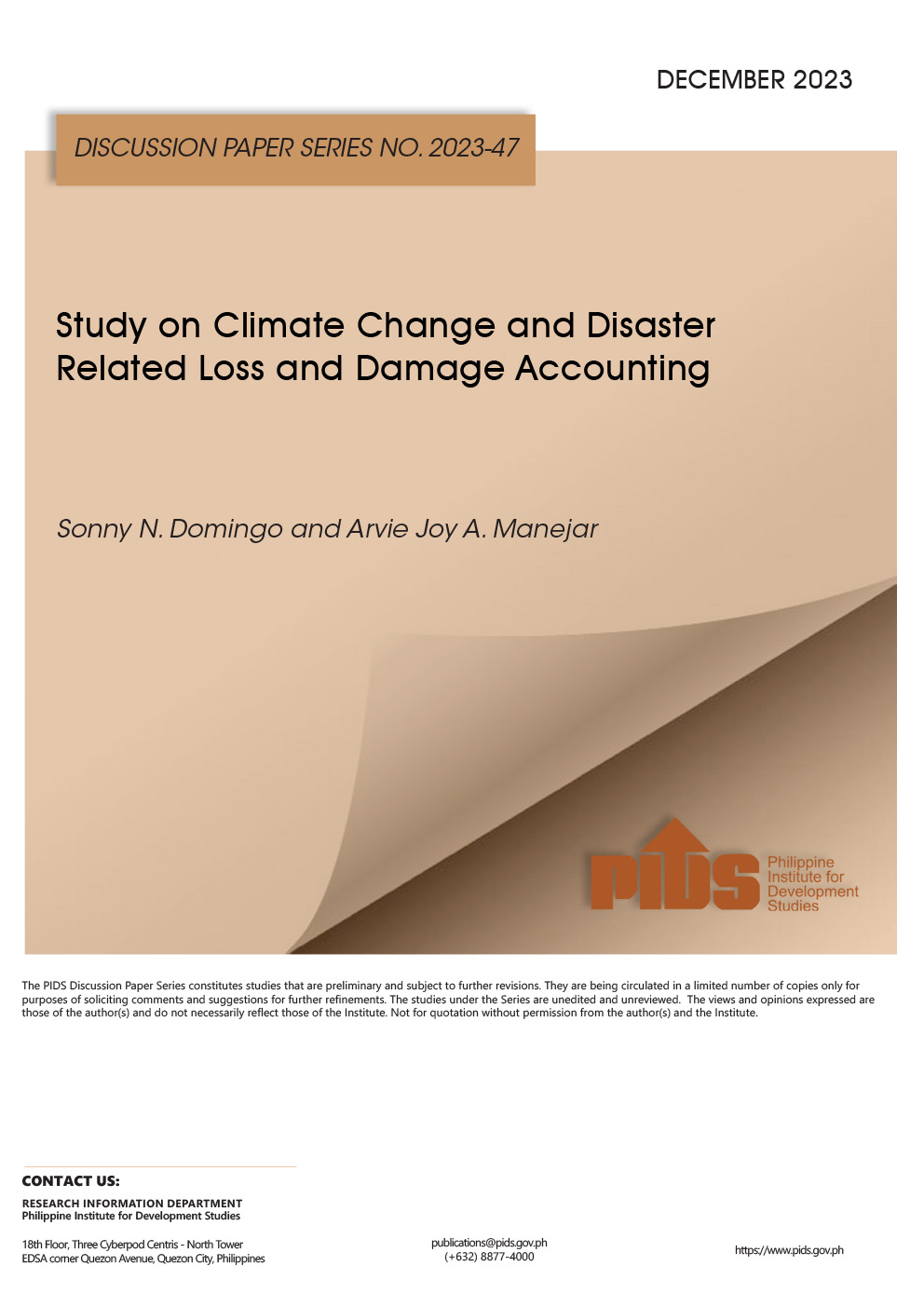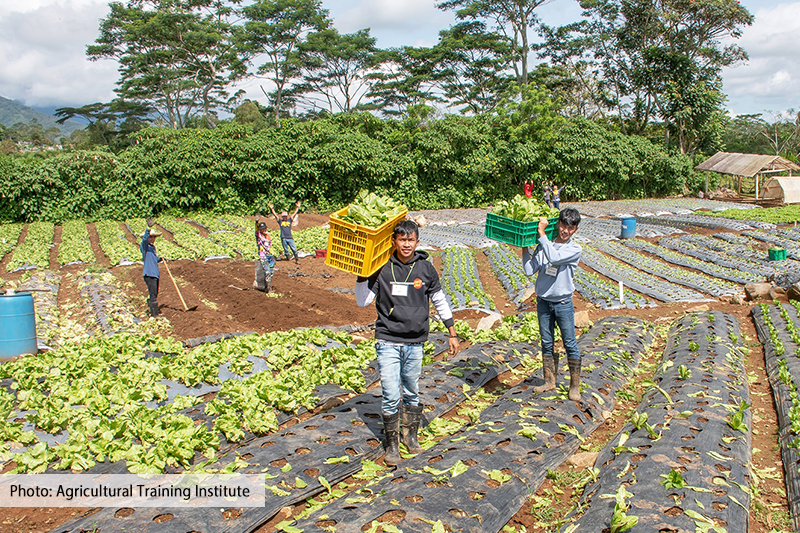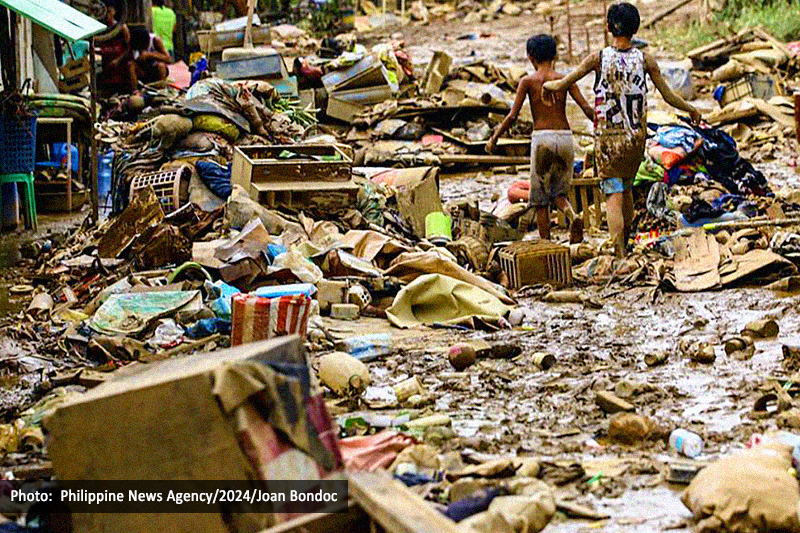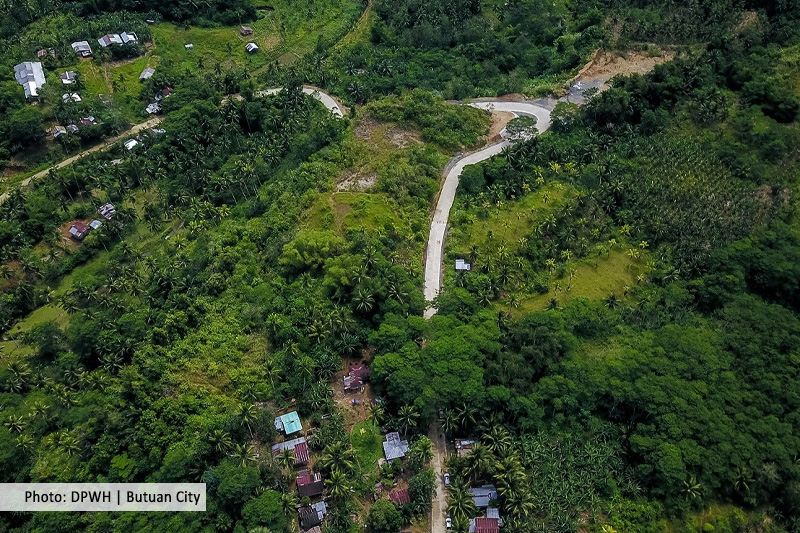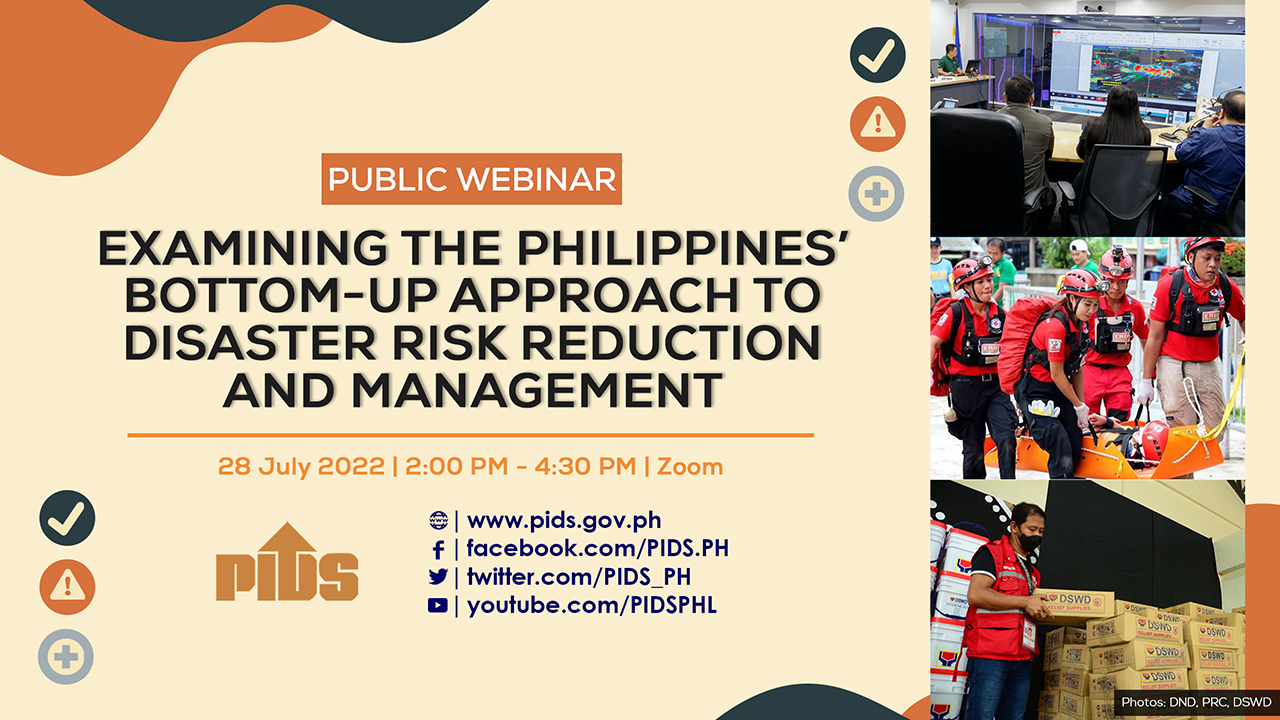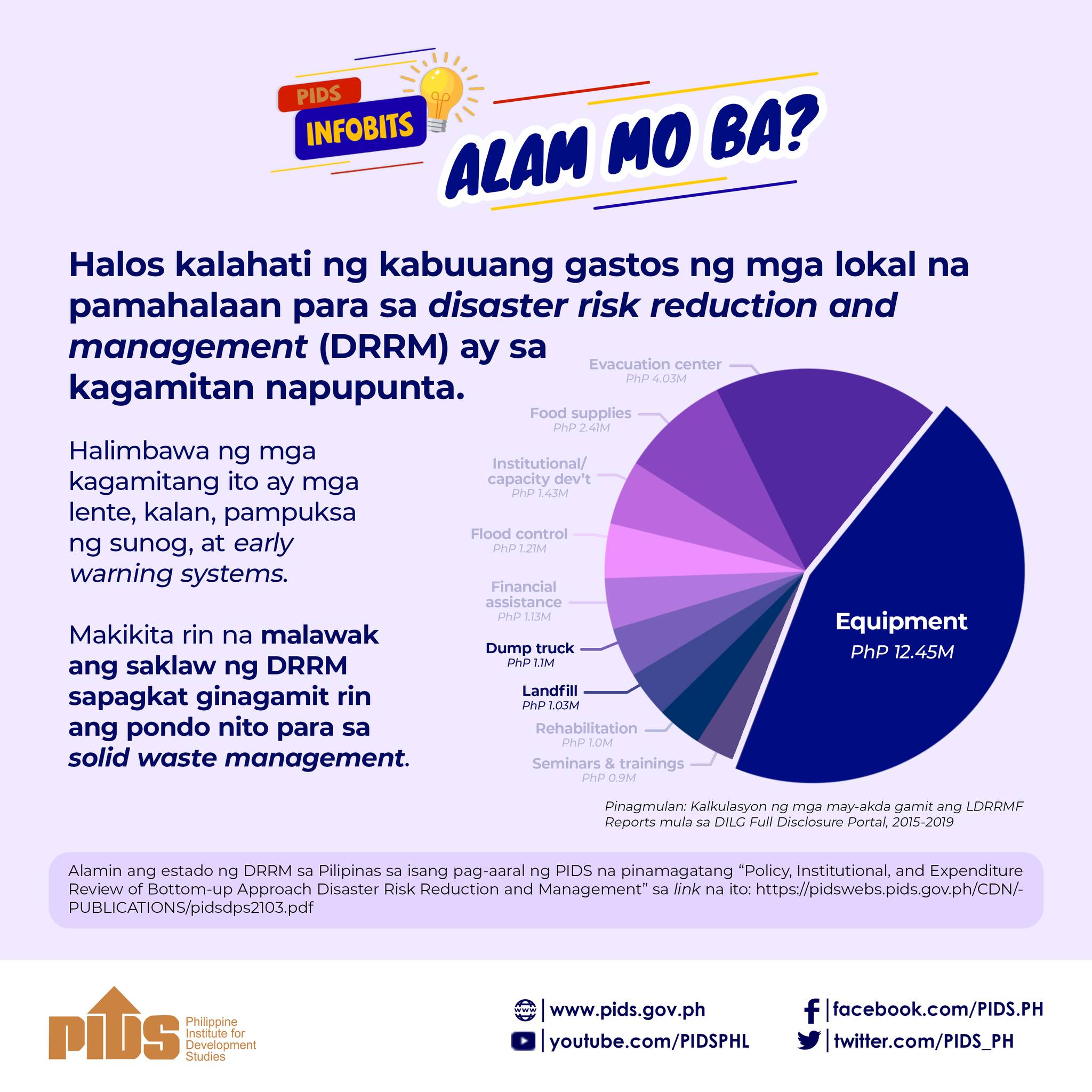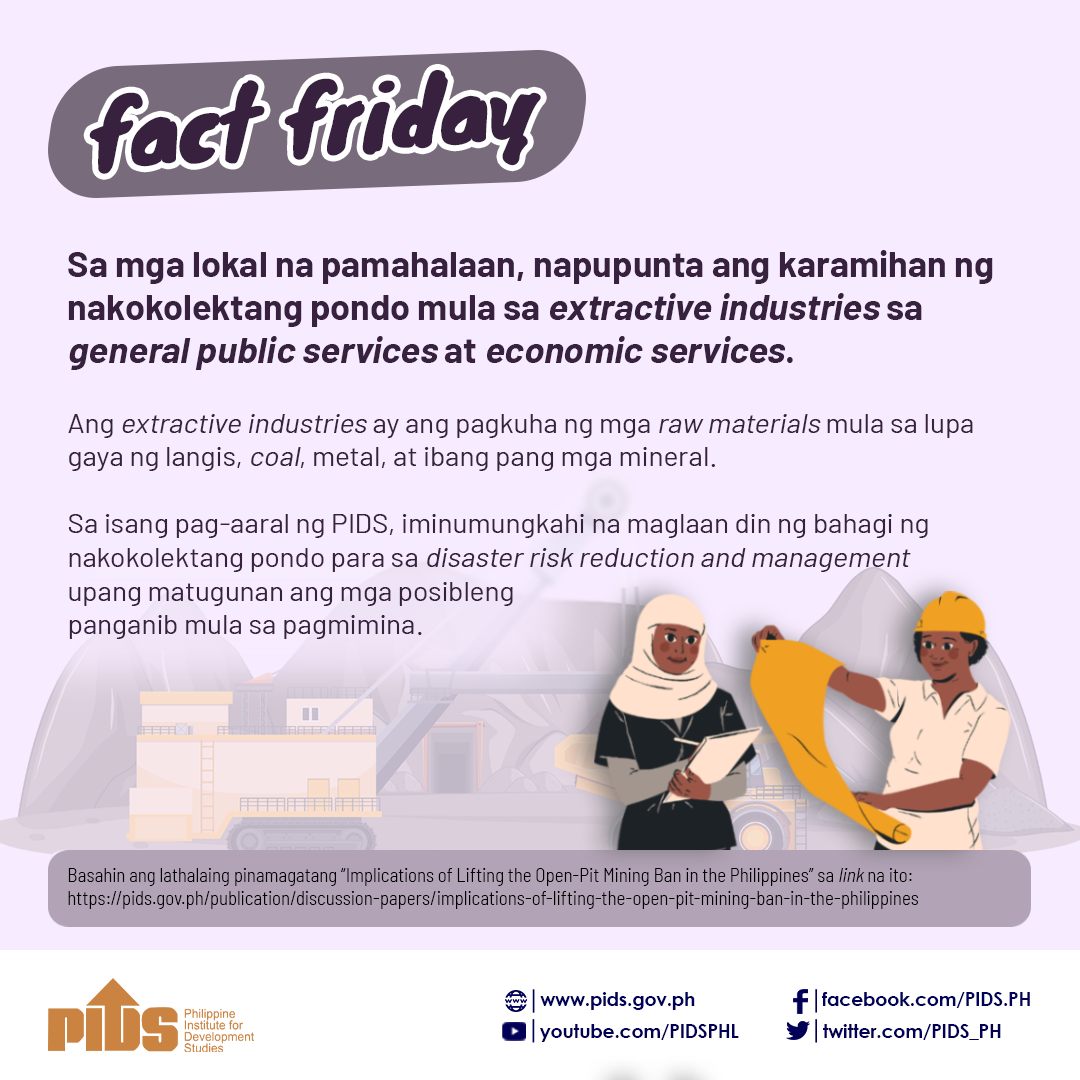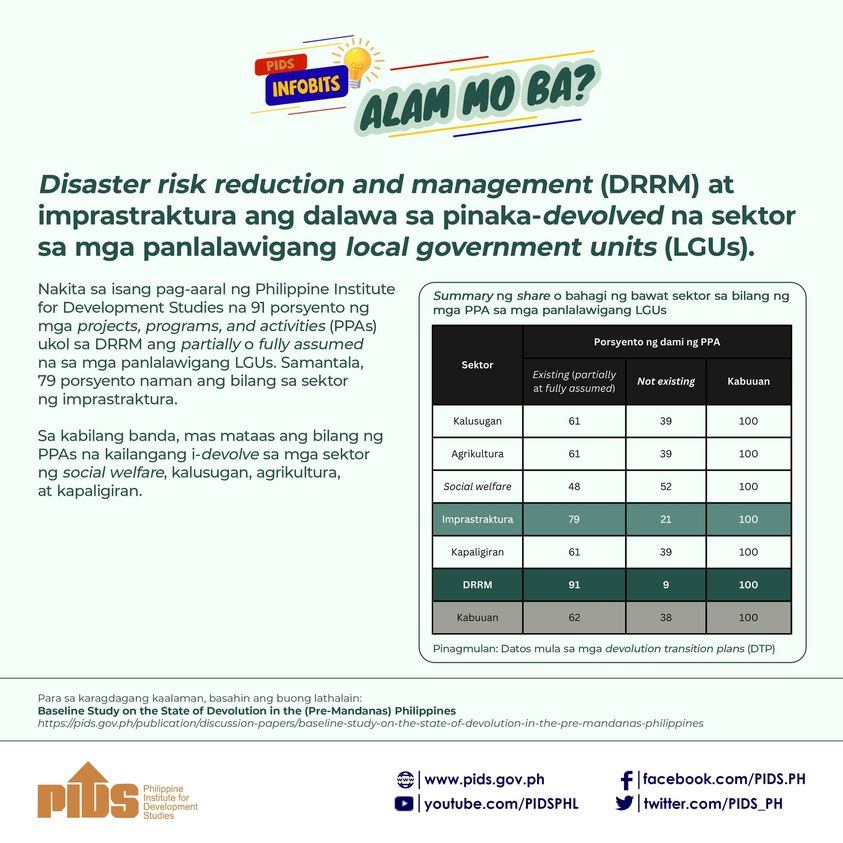AS the Philippines battled stronger typhoons and other disasters, the national government’s calamity and quick- response funds have at least doubled over a period of only five years, according to a study released by state-owned think tank Philippine Institute for Development Studies (PIDS).
In the study, titled Quick Response Funds (QRF) and DRRM (Disaster Risk Reduction Management) Resources in the Department of National Defense and Various Departments, PIDS Supervising Research Specialist Sonny Domingo said the country’s calamity funds increased to P7.5 billion in 2012 from P3.75 billion in 2010.
Domingo added that QRF levels increased to P2.6 billion in 2012 from P597.5 million in 2009.
"In a span of two to three years, Calamity Fund appropriations doubled and QRF levels more than quadrupled, indicating a shift in the government’s fiscal priorities, and a greater urgency for DRRM initiatives given the recent spate of man-made and hydrometeorological-related disasters,” Domingo said.
In an e-mail to the BusinessMirror, Domingo clarified that prior to 2012, the QRF was an appropriation under the Calamity Fund. However, starting 2012, the QRFs were released directly to various executive departments under the annual General Appropriations Act (GAA) or the national budget.
Domingo explained further that in previous years, the fund comprised 30 percent of the national calamity fund and was released upon approval by the President when immediate funding was required to address the ill effects of natural calamities, man-made disasters and epidemics (as certified by the Department of Health). Before 2012, the QRF was also used for risk-mitigation activities like disaster training and preparedness.
"The QRF constitutes part of the national budget that is appropriated for the relief, aid and rehabilitation of communities or areas affected by man-made and natural calamities. It is designed to normalize the situation and living conditions of affected communities in the shortest possible time,” Domingo told the BusinessMirror.
The study stated that the QRF were distributed to agencies like the Departments of National Defense, Social Welfare and Development, Public Works and Highways, Agriculture and the Education (DepEd).
Domingo noted that there were more funds allocated to the DA, particularly for the National Irrigation Administration (NIA), while the funding for the DepEd was consistent at around P500 million to P600 million a year.
The study said, however, that the huge QRF allocation for the DepEd in 2007 worth P2.1 billion was due to Typhoon Reming, which devastated the Bicol region in 2006.
Further, the DA’s QRF budget fluctuated and settled at around P500 million for the Central Office with commensurate funds for the DA-NIA. Appropriations for the DSWD and OCD (Office for Civil Defense) fairly increased until they reached the above P500-million level starting fiscal year 2010 to 2011.
However, there were discrepancies in the amounts and availment rates reported by the Department of Budget and Management (DBM) and the line agencies receiving the QRFs after 2012. This prompted Domingo to recommend that policies on the use and availment of the QRFs and the Calamity Fund be streamlined.
"Administrative and fund availment processes within the executive departments may have also received a shock with data from the DBM showing a sharp increase in QRF allocation in recent years. This contention, however, should be subject to further scrutiny as line agency budgets reflected high levels of QRF availment prior to 2012. There is a big discrepancy between the figures from the DBM and implementing departments on the level of QRF funding over the years,” Domingo said.
"Without the shock value of resource infusion, the default explanation for low absorption rate/fund utilization in some of the departments would be the inaccessibility of the fund. Existing policy should therefore be streamlined to remove the possibility of this impediment,” he added.
The study also recommended that issues on fund control, monitoring and absorption rate, and sufficiency of DRRM-related assets point out entry points for structural and policy augmentations.
Further, Domingo added that the level of stand-by resources for DRRM and the processes underlying their deployment determine the timely delivery of appropriate support and services to affected communities in times of disaster.//
PHL disaster funds doubled in five years to P7.5 billion—PIDS

